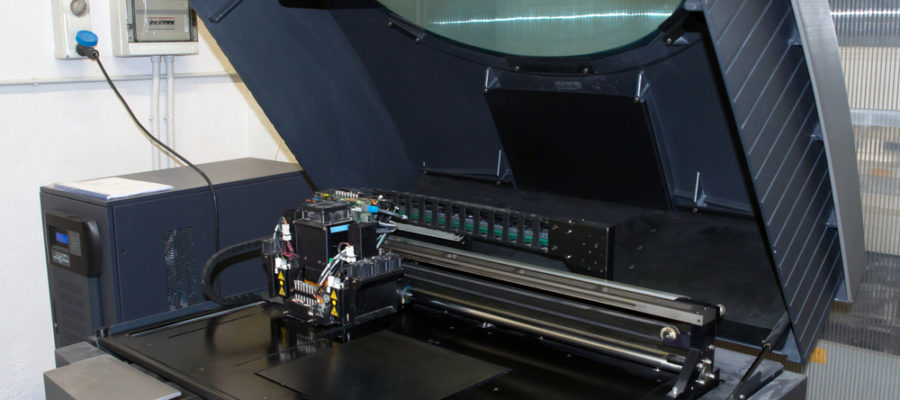This one’s easy. To start understanding the differences in PolyJet vs FDM 3D printing technology, you just need to understand their names.
PolyJet 3D Printers
Just like a desktop inkjet printer jets ink onto a page, PolyJet 3D printing technology jets photopolymers onto the print platform in thin layers. As each layer is applied, a UV light cures the photopolymer before the next layer is applied. The process is repeated, layer by layer, until the part or product is finished
Fused Deposition Modelling (FDM) 3D Printers
In FDM technology, a thermoplastic filament is heated to a near-liquid state and extruded from the print head. The heated thermoplastic is then deposited in ultra-fine beads on the material extrusion path on the printer’s build platform. Again, the process is repeated, layer by layer, until the part is complete.
Comparing Fused Deposition Modelling (FDM) and PolyJet 3D Printing Technology
With a basic understanding of how these two popular additive manufacturing technologies work, let’s see how they compare.
Applications
Polyjet printers have the ability to print in fine detail. That characteristic makes it ideal for rapid prototyping.
FDM printers are more suited to producing durable parts that are suitable for end-use applications.
You wouldn’t be faulted for creating concept models on a PolyJet printer, and the final part or product on an FDM printer.
Materials
In addition to the detail they allow, the range of photopolymers used to print PolyJet parts lets you print parts of varying flexibilities, from rigid to rubbery.
The thermoplastics used in FDM parts can be formulated to exhibit certain characteristics that may be required in the finished product, including heat and/or chemical resistance.
Surface Finish
Here again, PolyJet proves its suitability for prototyping with the ability to produce parts with different finishes, which may be critical in product development. FDM parts can have layer lines, but they don’t affect the function or characteristics (strength, heat/chemical resistance).
Part Dimensions
While both FDM and PolyJet printers build parts of similar sizes, the exact part dimensions may be the deciding factor in which 3D printing technology to use.
- Maximum PolyJet part size – 39.3 x 31.4 x 19.6 in.
- Maximum FDM part size – 36 x 24 x 36 in.
If you want to find out more about FDM 3D printing, check out our article “What is Fused Deposition Modeling?”.
